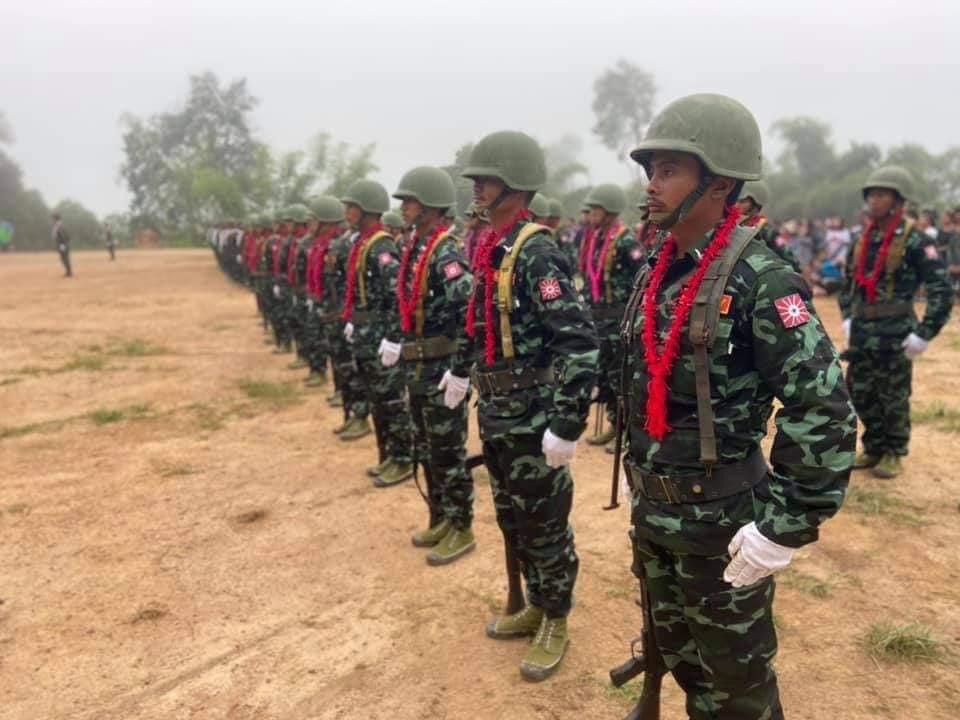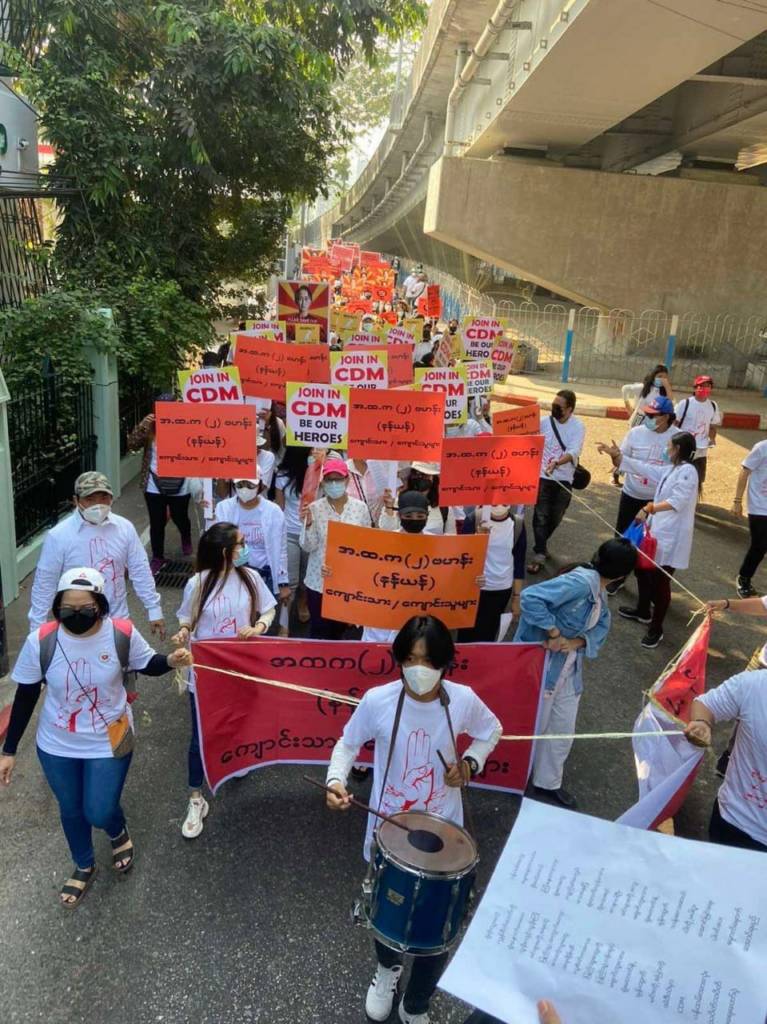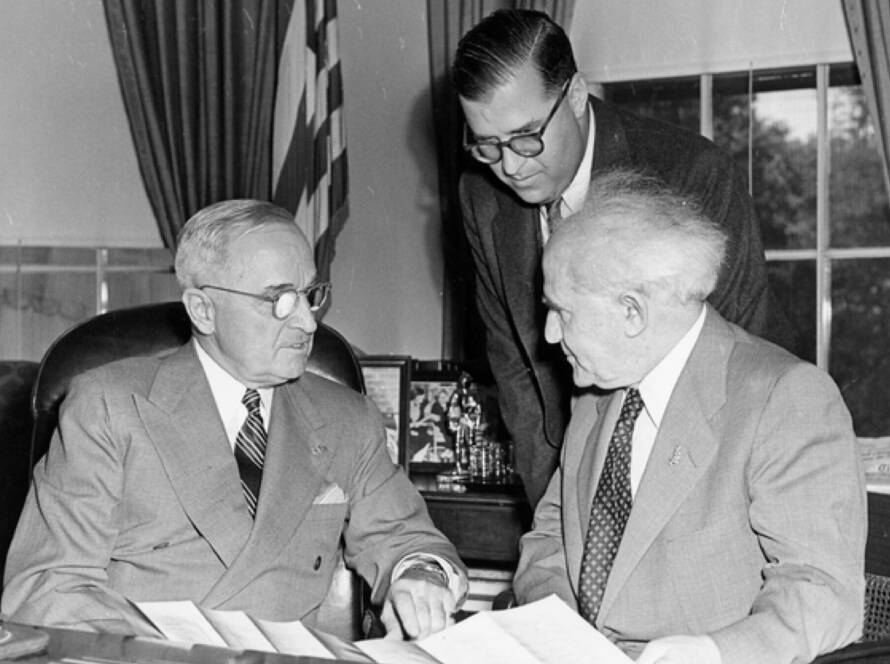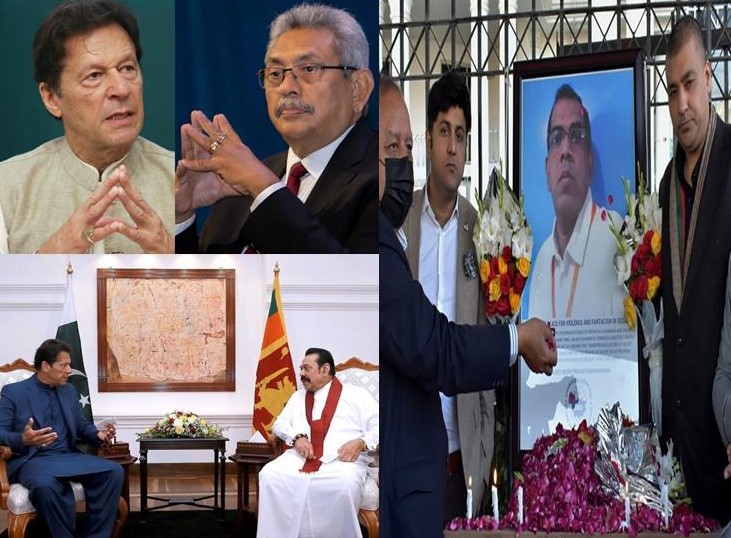By Dr. Ranga Kalansooriya

Passing out ceremony of a newly trained platoon of Peoples Defence Force in Myanmar Jungles on 25 June 2021. The training provided by ethnic armed organizations
Myanmar is sitting on a time bomb. A rapidly changing political fabric following the 1 February 2021 military takeover which most members of the international community have termed a coup, Myanmar is heading towards a protracted civil war between the ruling junta and the newly emerged militia – the Peoples Defence Force (PDF).
The International Crisis Group has urged the international community to pressure both parties to honour human rights and refrain from extra judicial killings, over fears of a full-blown armed conflict in South East Asia’s most weaponized society.
At least 24 ethnic armed organizations (EAOs) have fought for autonomy in its border regions since independence. 13 of them entered into a ceasefire agreement with the military during the 2012 peace process. Most of these groups have now joined a common collective and the PDF to fight against a common enemy – the junta.
PDF, once a peaceful, youth-led Civil Disobedient Movement (CDM) has turned into a fully-fledged militia group. It operates with old-style, locally made weapons and is hunting for modern armories in black markets of East Asia and East Europe. Political observers estimate PDF’s funding from public donations at a staggering $20 million
Sporadic explosions, isolated killings and attacks on government and pro-military institutions are now part of Myanmar’s daily life. A journalist from Yangon on condition of anonymity told the writer “isolated killings mostly of military informants and guerilla type attacks on pro-junta institutions take place in some part of the Myanmar on daily basis”.
Pro-military vigilante groups have also commenced targeted killings backed by platoon of ‘key-board warriors’ established by the Junta to lead social media campaigns that justify the killings.
The junta’s ruthless crackdowns on peaceful protests have forced young demonstrators to respond violently. By end of March, streets of Yangon and other cities were saw heavy smoke from burning tyres and blocked roads. Young attackers have responded to junta by pelting stones and Molotov cocktails. The junta after the April New Year festivals thinja carried out strategic crackdowns which has effectively cleared mass protests since the coup’s immediate aftermath, but this has provoked heightened public anger towards the regime.
Protests and blockades in the streets of Myanmar
The anti-junta mobilization by the National Unity Government (NUG) has galvanized several leaders of Aung Saan Suu Kyi’s National League for Democracy (NLD) and other democratic elements by providing strategic leadership to protestors and to the PDF militia. Challenging the junta on political and military terms., however requires a strong political leadership and strategic direction. It has been successful in mobilizing at least 50 percent of armed ethnic groups mainly in the South and South-East parts of Myanmar to lead a ‘revolution’ but the potential dangers of unleashing a fully-fledged ‘revolution’ packed with political ambitions remains miscalculated.
A young fighter in Karen told the writer “Enough is enough. No one can stop our revolution which we will certainly win. Even if The Lady [Suu Kyi] returns to power, we will not stop. The youth have no faith in either of them [the military or the Lady]. She defended this junta at The Hague a couple of years ago. We need a new system.” .
‘’Our ultimate goal is to establish a federal state with democratic value systems for Myanmar. We feel we can mobilise all fighting groups onto a common platform soon to unleash a massive guerilla struggle against the junta” the fighter said..
The militia groups have decided to positively consider ‘Rohingya’ issue which may lead to inclusion of Muslims in the mobilization of forces.
The military junta has stepped up its public diplomacy effort to legitimize its power. The Most significant was it its engagement in the Association of Southeast Asian Nations (ASEAN) where the leader of the junta was urged to end violent crackdown and reach a consensus via a five-point plan that included the release of political prisoners. Senior General Ming Aung Hlaing even received an ASEAN delegation in Myanmar on June 28 and continued engagement with the regional grouping.
China, the junta’s most powerful international ally continues to play a key role in sustaining the regime by supporting the junta at multilateral forums urging other countries under its influence to follow suit. Myanmar’s protestors responded by burning down several Chinese owned factories in Yangon and its suburbs. Some critics note China is playing a dual role by clandestinely supporting several ethnic armed organizations as well.
Following the UN General Assembly resolution against Myanmar in mid-June that proposed the blockade of arm flows into Myanmar, the junta leader reportedly spent a week in Russia negotiating an arms deal. General Aung Hlaing was quoted in Russian news agency TASS “thanks to Russia, our army has become one of the strongest in the region”.
Regional political experts say Myanmar is showing signs of becoming Asia’s Syria. Some liken the situation to a Balkans in Asia where the country may be divided into two three main parts in its battle against the powerful junta. A high scale military conflict with so many groups involved is imminent. Such chaos makes fertile ground for international intelligence actors in determining the fate of resource-rich Myanmar which is home to six international borders including those with India and China.
These developments evidence the failure of multilateral and regional efforts in bringing democracy to Myanmar. The International community remains confused over responding to Myanmar’s emerging military developments as China and Russia continue to veto against any international intervention. Economic sanctions by the European Union will worsen the situation bringing mass hunger and poverty into the equation. ASEAN will remain largely dormant given its mandate of political non-interference, except Indonesia.
A military conflict in Myanmar will have negative social, political and economic impact on its neighbors including Sri Lanka. If comparisons to Syria or the former Balkans become ground reality, it will undermine defense and economic stability, not only of southeast Asia, but of entire Asia. Given the historic and religious bilateral ties, Sri Lanka may can pay special attention to its Theravada Buddhist ally, but would likely not override China’s posturing as already seen in Sri Lanka’s abstention in the UN vote against Myanmar.
Disclaimer – Factum is a Sri Lanka based think-tank providing international relations analysis and public diplomacy consultancies in Sri Lanka and Asia. Visit – www.Factum.LK




